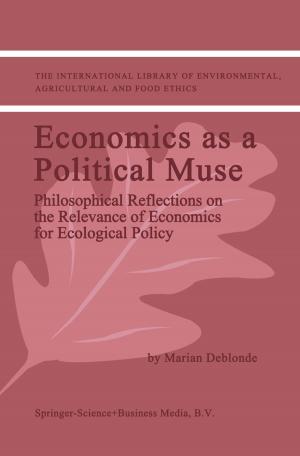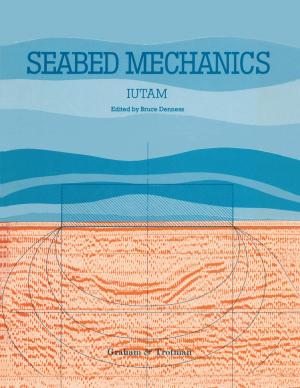Digestive Physiology and Metabolism in Ruminants
Proceedings of the 5th International Symposium on Ruminant Physiology, held at Clermont — Ferrand, on 3rd–7th September, 1979
Nonfiction, Health & Well Being, Medical, Veterinary Medicine| Author: | ISBN: | 9789401180672 | |
| Publisher: | Springer Netherlands | Publication: | December 6, 2012 |
| Imprint: | Springer | Language: | English |
| Author: | |
| ISBN: | 9789401180672 |
| Publisher: | Springer Netherlands |
| Publication: | December 6, 2012 |
| Imprint: | Springer |
| Language: | English |
Two questions could not be avoided in the avant-propos of this book; (i) what is the importance to man of ruminant livestock, and (ii) what results of practical relevance in the growing mountain of scientific verbiage could be found in the Proceedings of this Symposium. Herbivores are an integral and critical part of the natural ecosystem which must be preserved because of their impact on human welfare. Wh at makes ruminants especially important to man is that they can thrive on fibrous forage and are thus the only viable enterprise over much of the earth's surface where crop growing is impracti cable. They contribute a wide array of products in addition to 50000 000 tonnes ofmeat (1977) and represent a 'capital reserve' that can be drawn upon in times of emergency: milk for example (450000000 tonnes) can make the difference between subsistence and starvation. About 60% of the world's meat and 80 % of the milk are produced by one third of the world ruminant population in the developed regions and as much as 99 % of the power for agriculture is provided by the ruminant population in developing countries. For the next two decades, a probable increase by 30 % for . cattle and buffalo and more than 40 % for sheep and goats is expected by improving health, fertility, nutrition and genetic potential rather than feed resources.
Two questions could not be avoided in the avant-propos of this book; (i) what is the importance to man of ruminant livestock, and (ii) what results of practical relevance in the growing mountain of scientific verbiage could be found in the Proceedings of this Symposium. Herbivores are an integral and critical part of the natural ecosystem which must be preserved because of their impact on human welfare. Wh at makes ruminants especially important to man is that they can thrive on fibrous forage and are thus the only viable enterprise over much of the earth's surface where crop growing is impracti cable. They contribute a wide array of products in addition to 50000 000 tonnes ofmeat (1977) and represent a 'capital reserve' that can be drawn upon in times of emergency: milk for example (450000000 tonnes) can make the difference between subsistence and starvation. About 60% of the world's meat and 80 % of the milk are produced by one third of the world ruminant population in the developed regions and as much as 99 % of the power for agriculture is provided by the ruminant population in developing countries. For the next two decades, a probable increase by 30 % for . cattle and buffalo and more than 40 % for sheep and goats is expected by improving health, fertility, nutrition and genetic potential rather than feed resources.















